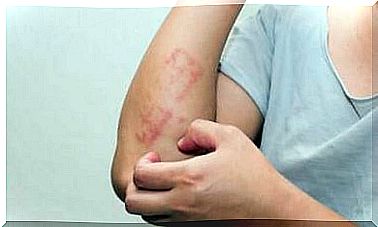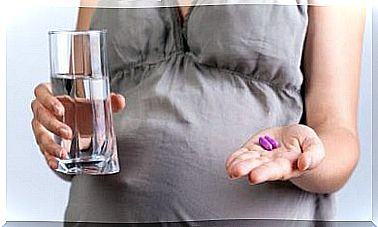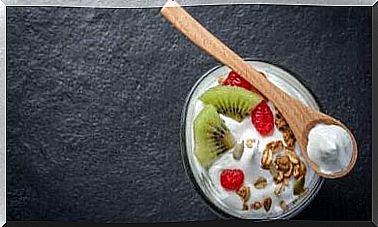My Teenager Is Vegan: What Should I Do?

Did you know that young adults are increasingly choosing a plant-based diet? According to the Vegetarian Resource Group , approximately 0.5% of young Americans are vegans. However, if your teen is vegan, it can be difficult to know how to best support him or her.
Veganism is a lifestyle that excludes all products of animal origin, including clothing and shoes, as well as all products that have been tested on animals. More specifically, a vegan diet mainly contains foods from the plant kingdom. But as a parent, it’s no wonder you have doubts and questions.
Do not worry! In 2016, the American Nutrition Association (ANA) announced that there is evidence that it is healthy and good to maintain a vegetarian diet throughout life. Their conclusion was as follows:
” Appropriately planned vegetarian diets, including those that are completely vegetarian or vegan, is healthy, nutritionally complete and may provide health benefits in the prevention and treatment of certain diseases. Well-planned vegetarian diets are suitable for individuals during all phases of life, including during pregnancy, lactation, for infants, children and adolescents, and for athletes. ”
My teen is vegan: What can I do?
First, you need to listen to your child and be understanding. The main reasons why your child has decided to become vegan are probably based on exploitation and animal cruelty, as well as on the environmental impact that the production and consumption of ordinary food entails.

How can you help your teen plan a balanced vegan diet?
One of the ways for your child to incorporate protein into their daily diet is to include legumes, preferably both for lunch and dinner. However, they do not have to eat them all the time because there are other products that provide proteins, such as tofu, tempeh, quorn and seitan. These are great options for snacks or meals.
The recommended amounts for different foods are:
- 200-250 g cooked legumes (half a plate or a whole plate)
- 125 g tofu or tempeh (about the size of your palm)
- 80-100 g soybeans
In addition, they should also eat vegetables daily with all meals. Experts recommend at least 400 g.
In the case of cereals, these legumes complement each other because both groups lack an amino acid. However, you do not always have to include them in the same meal. Keep in mind that when you eat, your body stores them until the need is met.
Try to make sure that as much of the products you choose are whole grains. In addition, there are many other options instead of just rice, pasta, bread and potatoes, such as quinoa, millet, bulgur, sweet potatoes and oats.
Finally, you need healthy fats to cook, which you can use as a dressing and supplement meals with, such as virgin olive oil, avocado, olives, nuts and seeds.
Reimbursements for dairy products
As an alternative to dairy products, there are now many herbal drinks, cheeses and yoghurts made with soy, barley (rice and oats), seeds and nuts. Among the many alternatives, soy is the one that most closely resembles milk in its nutritional composition.
When choosing an option, make sure it has no added sugar in the ingredient list. It is also better if your alternative is enriched with calcium and vitamin D. Otherwise, it depends on your child’s taste because the different options vary in taste.
Vegan Options: Are They Healthy?
In general, the answer is no because they usually use low quality ingredients, such as sunflower oil or potato starch and flour. This is the case with vegan meat or sausages.
However, some companies have broken the trend and are creating better products. Just keep in mind that even though there are sweets and pastries with only vegan ingredients, you should still only eat them in moderation.
Potential problems if your teen is vegan
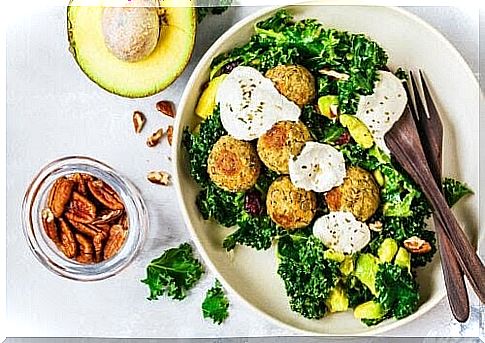
B12 and everything you need to know about this vegan supplement
Vitamin B12 is water soluble and is only found in foods of animal origin, despite what the body receives through bacterial synthesis. Its function is to facilitate the synthesis of red blood cells, so a deficiency gives rise to megaloblastic anemia. It is also involved in the formation of myelin, which facilitates the transmission of nerve impulses. B12 is also responsible for metabolizing homocysteine because it acts as an enzymatic cofactor.
In fact, a deficiency of this vitamin leads to neurological damage, such as memory loss, lack of coordination and paresthesia. Therefore, those who follow a vegan diet should supplement with 2000 micrograms of cyanocobalamin a week. You can buy this in health food stores or online.
In addition, it is important to monitor their levels through a blood test at least once a year. However, B12 levels in these tests may be unreliable as vitamin B analogs cannot be distinguished from active forms. They have a similar structure, but not the same function.
Some of this vitamin is also found in plants, such as fungi and spirulina algae, which can distort results if you eat larger amounts of these. It also does not indicate how much of the other components of the process are present in the body.
So what parameters do you need to look at? It is best to look at homocysteine and methylmalonic acid as they accumulate in the body when there is a B12 deficiency.
If my teen is vegan and does not eat dairy products, where can he or she get calcium from?
This is the biggest problem when following a vegan diet because many people believe that dairy products are the only source of calcium. But many vegetables have similar or higher calcium content.
You can find calcium in cruciferous vegetables, such as cabbage, cauliflower, broccoli and Brussels sprouts. You can also find it in white beans, almonds, sesame seeds and tofu made with calcium salts. As we mentioned earlier, there are also herbal drinks enriched with this mineral.
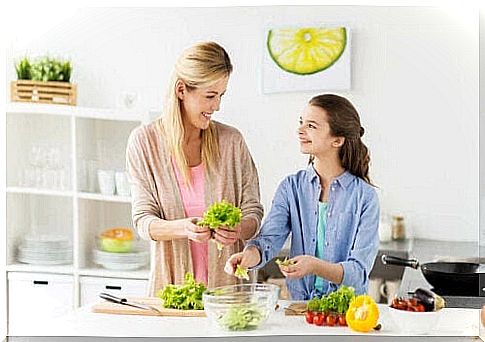
Another aspect to consider is that phytates and oxalates reduce the absorption of calcium so it is necessary to reduce these. How? Use different methods when preparing your food, such as soaking, roasting, sprouting, fermenting or slow cooking.
How can I prevent iron deficiency and anemia if my teen is vegan?
Another common concern is the risk of anemia, as iron from plants is absorbed less than from animal sources. However, the incidence of anemia in vegans is similar to that in people who are omnivores. The reason is that the body, due to a reduced iron intake, increases absorption.
To promote absorption through food, you can also combine foods that contain iron with vitamin C, which is found in citrus, peppers and parsley.
It can be helpful and easy to have a teenager who is vegan
As you have seen, your child can be vegan as long as you have access to the right information and knowledge. It is normal to first feel doubt or try to get your child to change. But we recommend that you visit a dietitian or nutritionist together to solve any problems and help you with a realistic meal planning.
This way, you can ensure that your teen gets all the nutrients he or she needs to grow and prevent disease.


